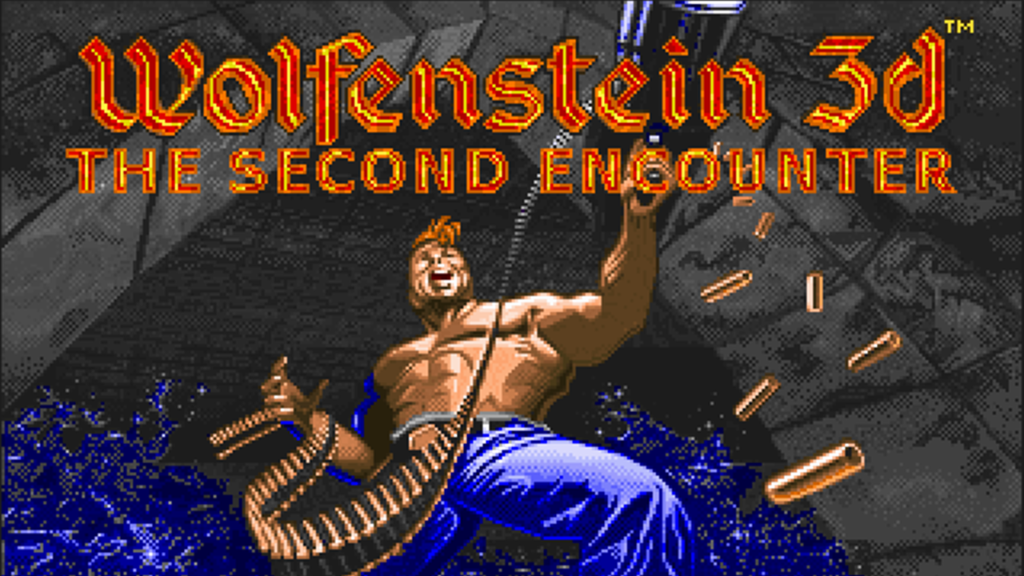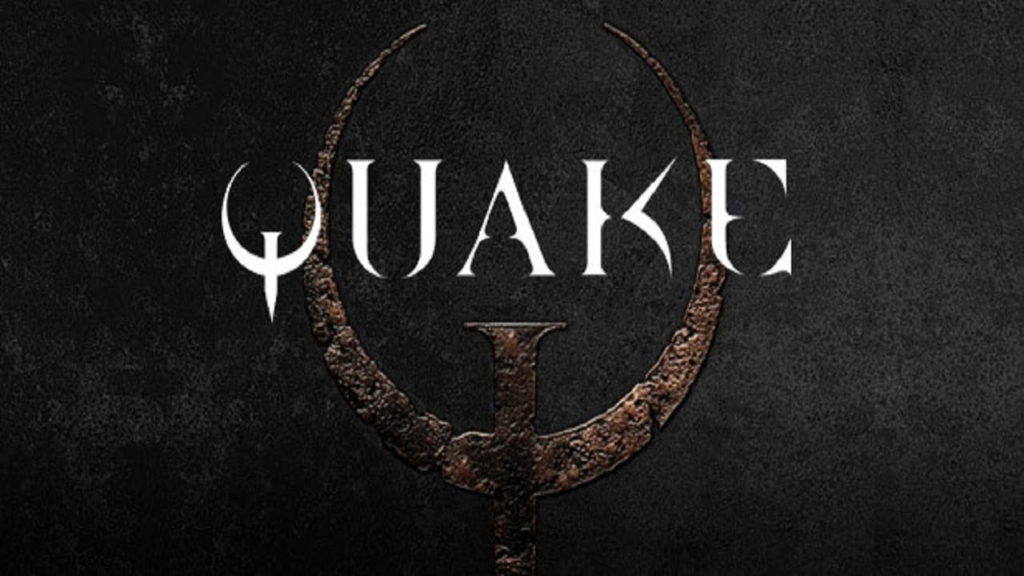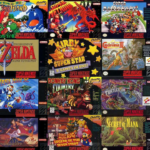Few games can claim to have shaped the entire first-person shooter genre the way Doom (1993) did. Developed by id Software, this groundbreaking title introduced millions of players to fast-paced action, atmospheric environments, and relentless demon-slaying gameplay. Even today, the original Doom remains popular among retro gaming enthusiasts, serving as a key milestone in the industry. Below, we’ll delve into what made Doom 1993 so influential, and then explore games like Doom 1993 for those seeking a similar experience.
The Impact of Doom 1993
When Doom 1993 hit the market, it quickly became a phenomenon. Its shareware model enabled widespread distribution, allowing curious gamers around the world to sample the intense action before purchasing the full game. The result was an explosion in popularity, with Doom quickly becoming one of the most recognized titles of its era.
Key Features of Doom 1993
- Fast-Paced Gameplay: Unlike many shooters of its time, Doom 1993 focused on speed and reflexes. You raced through corridors, blasting demons before they overwhelmed you. This exhilarating pace set it apart from other shooters of the day.
- Atmospheric Level Design: Doom 1993 introduced a visceral blend of sci-fi and horror, immersing players in the cramped, demon-infested corridors of a Mars research facility. Secret rooms, hidden switches, and locked doors encouraged exploration, giving the game tons of replay value.
- Multiplayer Mayhem: One of the biggest draws was Doom’s multiplayer component. Doom 1993 popularized “deathmatch” and co-op experiences, allowing players to face off against each other or team up to survive the demon onslaught.
- Modding Community: The original Doom spawned an immense modding scene, with countless Doom WADs (fan-made levels and tweaks) keeping the experience fresh. Even decades later, the community remains active, showcasing the game’s lasting appeal.
With its legacy firmly entrenched, Doom 1993 stands as a touchstone for classic first-person shooters, influencing everything from design principles to the way modern developers approach multiplayer and mod support.
Games Like Doom 1993
Whether you’re a fan of the original Doom or simply curious about old-school shooters, there are plenty of titles that deliver a similar high-octane, demon-blasting thrill. Here are some games like Doom 1993 that capture the same spirit.
Wolfenstein 3D (1992)

Often regarded as the grandfather of first-person shooters, Wolfenstein 3D laid much of the groundwork for Doom with its corridor-based levels and relentless combat. While it might look simpler than Doom (1993), it set the stage for the rapid-fire, immersive style that came to define the genre. Even though the graphics and mechanics are basic by modern standards, Wolfenstein 3D’s historical impact is undeniable.
| Wolfenstein 3D | Details |
| Developer | id Software |
| Publisher | Apogee Software |
| Release Date | May 5, 1992 |
| Engine | Wolfenstein 3D Engine |
| Key Features | Corridor-based levels, run-and-gun action, stealth elements in some versions |
| Platforms | MS-DOS, SNES, Atari Jaguar, 3DO, and various modern re-releases |
Heretic (1994)
Built on the Doom engine, Heretic took the same fluid gameplay loop and shifted it into a dark fantasy realm. Developed by Raven Software and published by id Software, this gothic shooter replaced shotguns with magical staves and rocket launchers with enchanted tomes. The result is a frantic combat experience that feels delightfully familiar, yet refreshingly different for fans of Doom 1993.
| Heretic | Details |
| Developer | Raven Software |
| Publisher | id Software |
| Release Date | December 23, 1994 |
| Engine | Modified Doom Engine |
| Key Features | Dark fantasy setting, magical weapons, inventory system |
| Platforms | MS-DOS, Windows (via various ports and re-releases) |
Rise of the Triad (1994)
Originally conceived as a follow-up to Wolfenstein 3D, Rise of the Triad expanded on the shooter formula with new weapons, madcap jump pads, and buckets of gore. Its fast pace and emphasis on pure action mirror the chaotic energy of Doom 1993—only with a healthy dose of tongue-in-cheek humor sprinkled throughout.
| Rise of the Triad | Details |
| Developer | Apogee Software |
| Publisher | FormGen / Apogee |
| Release Date | December 21, 1994 |
| Engine | Heavily modified Wolfenstein 3D Engine |
| Key Features | Ludicrous gibs, jump pads, over-the-top action |
| Platforms | MS-DOS, Windows (modern versions available) |
Duke Nukem 3D (1996)
While Duke Nukem 3D introduced a hefty dose of humor and interactive elements to the classic FPS formula, it shares the same brand of frantic run-and-gun gameplay that Doom (1993) popularized. From its one-liners to its arsenal of creative weapons, this game has a cult following for good reason—it’s an unapologetically wild ride through alien-infested city streets.
| Duke Nukem 3D | Details |
| Developer | 3D Realms |
| Publisher | GT Interactive |
| Release Date | January 29, 1996 |
| Engine | Build Engine |
| Key Features | Interactive environments, iconic one-liners, creative weapons |
| Platforms | MS-DOS, Windows, Mac, Sega Saturn, PlayStation, modern ports |
Quake (1996)

Another brainchild of id Software, Quake took the visceral combat of Doom 1993 and pushed it into a fully 3D world. Though darker and more gothic in style, it retains the lightning-fast gameplay that made Doom so captivating. Quake also introduced more advanced multiplayer options, becoming a pioneer in online deathmatches that would influence decades of shooters to come.
| Quake | Details |
| Developer | id Software |
| Publisher | GT Interactive |
| Release Date | June 22, 1996 |
| Engine | Quake Engine (one of the first true 3D engines) |
| Key Features | Full 3D graphics, atmospheric levels, innovative multiplayer |
| Platforms | MS-DOS, Windows, Linux, Mac, various modern re-releases |
Blood (1997)
Developed by Monolith Productions, Blood used the same Build Engine that powered Duke Nukem 3D but ventured into more horror-oriented territory. You take on the role of a vengeful gunslinger battling cultists, undead creatures, and other sinister foes. If you love the demonic elements of Doom 1993, Blood offers a similarly dark (and often humorously macabre) experience.
| Blood | Details |
| Developer | Monolith Productions |
| Publisher | GT Interactive |
| Release Date | May 31, 1997 |
| Engine | Build Engine |
| Key Features | Horror-themed FPS, cultist enemies, over-the-top gore, macabre humor |
| Platforms | MS-DOS, Windows (via various re-releases like Blood: Fresh Supply) |
Marathon (1994)
Created by Bungie long before the Halo series, Marathon shares some DNA with Doom’s core gameplay but leans more heavily into storytelling. Despite focusing on narrative, it still features intense corridor-based combat and atmospheric levels that echo the spirit of the 90s shooter era. If you want something with a bit more plot but the same retro charm, Marathon is worth a look.
| Marathon | Details |
| Developer | Bungie |
| Publisher | Bungie (originally) |
| Release Date | December 21, 1994 |
| Engine | Marathon Engine |
| Key Features | Story-driven campaign, advanced AI, atmospheric level design |
| Platforms | Macintosh (original), Windows (ports), Xbox Live Arcade, iOS |
Why Doom 1993 Still Matters
It’s no surprise that Doom (1993) remains a cult favorite decades after its release. From its groundbreaking engine to its robust modding community, the game continues to influence the shooter genre. Whether you’re reliving the classic on modern platforms like Steam, checking out the countless Doom WADs, or just trying to capture that nostalgic feel of demon-slaying mayhem, Doom 1993 stands as a testament to enduring game design.
- Doom Guy (or the Doom Marine) is an iconic figure in gaming.
- The legacy of Doom 1993 spans across multiple sequels, spin-offs, and even the recent reboots (2016, 2020), all paying homage to the original’s uncompromising action.
- Despite modern graphics and advanced engines, developers still look to Doom (1993) for inspiration when crafting taut, adrenaline-fueled shooters.
Conclusion
For retro shooter fans, Doom 1993 is more than a game—it’s a piece of history that continues to shape the first-person shooter genre. Its influence can be seen in every fast-paced, action-focused title that followed, and many games like Doom 1993 remain beloved among old-school enthusiasts. Whether you’re revisiting the classic or discovering it for the first time, the original Doom is a must-play for anyone interested in the roots of modern FPS gaming.

Born in 1993 in London, Emma Caldwell grew up playing classics like Final Fantasy VII and Half-Life. She studied Game Design at the University of Manchester and began her career as a journalist for IGN UK and Eurogamer. Later, she moved into indie game development, specializing in narrative-driven experiences. Now, she’s a respected industry voice, speaking at events, hosting podcasts, and mentoring aspiring developers.





